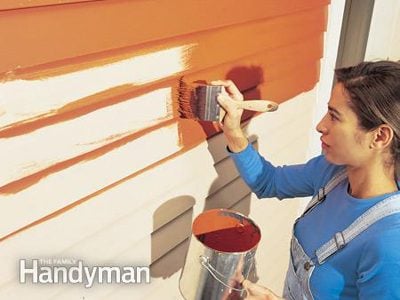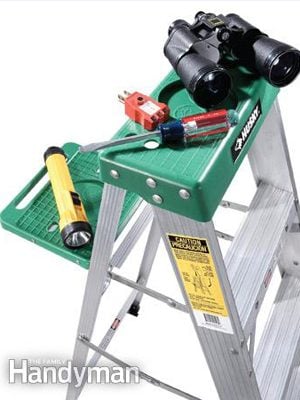How to Buy the Perfect Home—for a DIYer
Updated: Mar. 13, 2024
Sponsored by Realtor.com It's home-buying season, and whether you're buying your first or your third home, it's an exciting (and sometimes terrifying) undertaking.
Sponsored by Realtor.com
The good news is that DIYers have a much better chance of getting a great deal on a great house. Here’s how to put your DIY smarts to work to find the right home for you and your family.
Look beyond the surface (and don’t expect perfection)
Selecting a home is always a series of compromises. Make a list of the nonnegotiable items and find the best match according to that. Often, you’ll find a home that almost makes your “perfect” list, but it’s not quite right. Maybe the kitchen countertops are dated, the exterior could use a coat of paint, and the floors need refinishing. That’s where being a DIYer gives you an edge. As long as the price tag, basic systems, structure, floor plan and neighborhood are right, you’ll be able to transform the cosmetic defects over time.

Few projects can transform a house as dramatically and inexpensively as paint. Top-notch paint costs only a few dollars more per gallon, but it will cover better, go on smoother and last longer than the cheap stuff. And in most cases, it will save the hassle of applying two coats.
But don’t overlook serious flaws
Cosmetic defects are one thing, but major problems will be difficult, expensive or impossible to fix. Once you find a house or two that you’re really interested in, do your own initial house inspection. Examine the walls and ceilings for discoloration that could indicate hidden leaks or black spots that could indicate mold. Check the plumbing for drops in water pressure and make sure drainpipes are vented. (A pipe heading straight into the floor might mean it’s not vented—a big plumbing job.) Examine the windows and furnace, electrical outlets and switches. Use binoculars to check the roof to make sure the shingles and flashing are in good shape.
And then if you’re still interested, hire a certified home inspector to more thoroughly inspect the house (visit ashi.org for a list of inspectors certified by the American Society of Home Inspectors).

Bring a flashlight, screwdriver, receptacle tester, binoculars and a small stepladder when you’re looking at homes to buy. Use these tools to spot costly problems.
Get a jump on the competition
If the early bird gets the worm, the early bidder may very well get the best deal. Since the housing market is hot right now and inventory is scarce in many areas, homes are selling quickly. To get regularly updated listings of homes for sale in your area, check out realtor.com. This site has direct relationships with more than 800 Multiple Listing Services. You can find comprehensive data on nearly all for-sale properties listed in the United States, and most of the information is updated every 15 minutes. It’s a great way to quickly view each new listing in the area you’re interested in, check current prices, take video tours and get neighborhood information.

The housing market is heating up. Visit realtor.com to find up-to-the-minute listings of new homes for sale in your area.
Use, but don’t overestimate, your handyman skills
A good deal on a “fixer-upper” can quickly turn into a bad deal if you take on more than you can handle in terms of time, money or ability. Be honest with yourself and your family about what you can or want to do. Make sure all the money you save on the house is worth the time and stress it will mean for you and your family.
— By the experts at The Family Handyman
Sponsored by realtor.com
Links:
For more information about how to do your own initial home inspection, check out: DIY Home Inspection Tools
Watch this video to Find Your Dream Kitchen